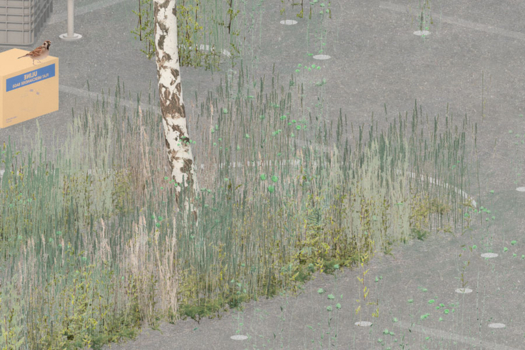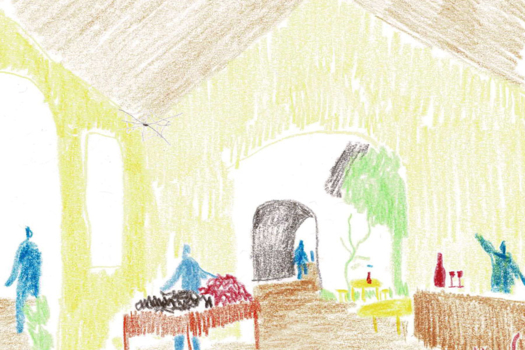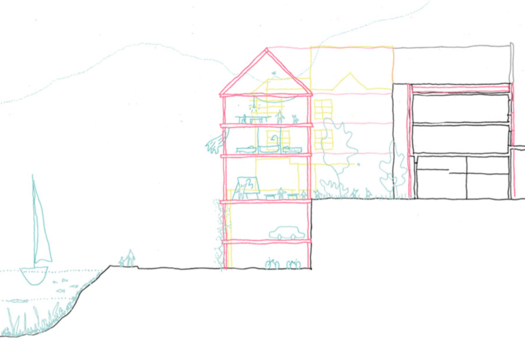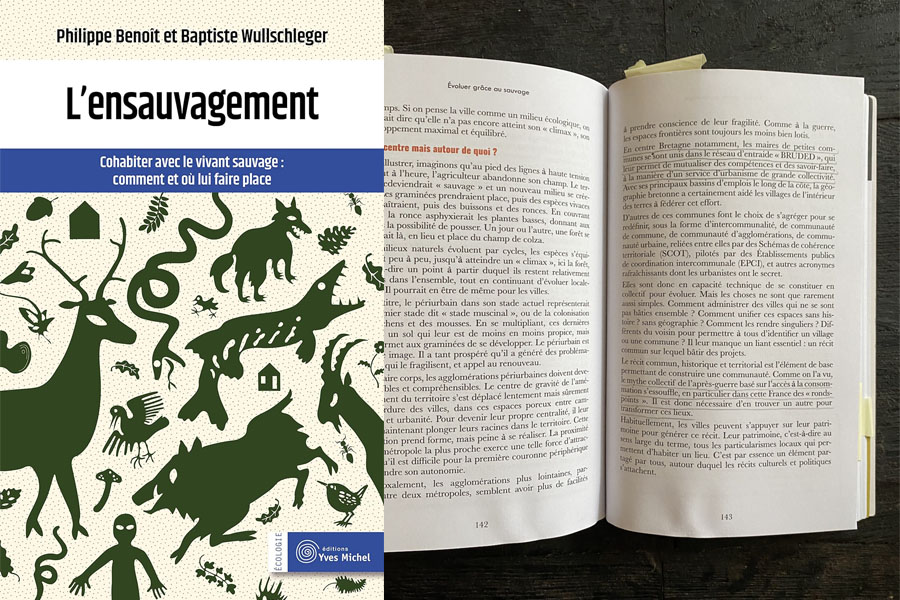INTERSTICES
Le Palais (FR) - Runner-up
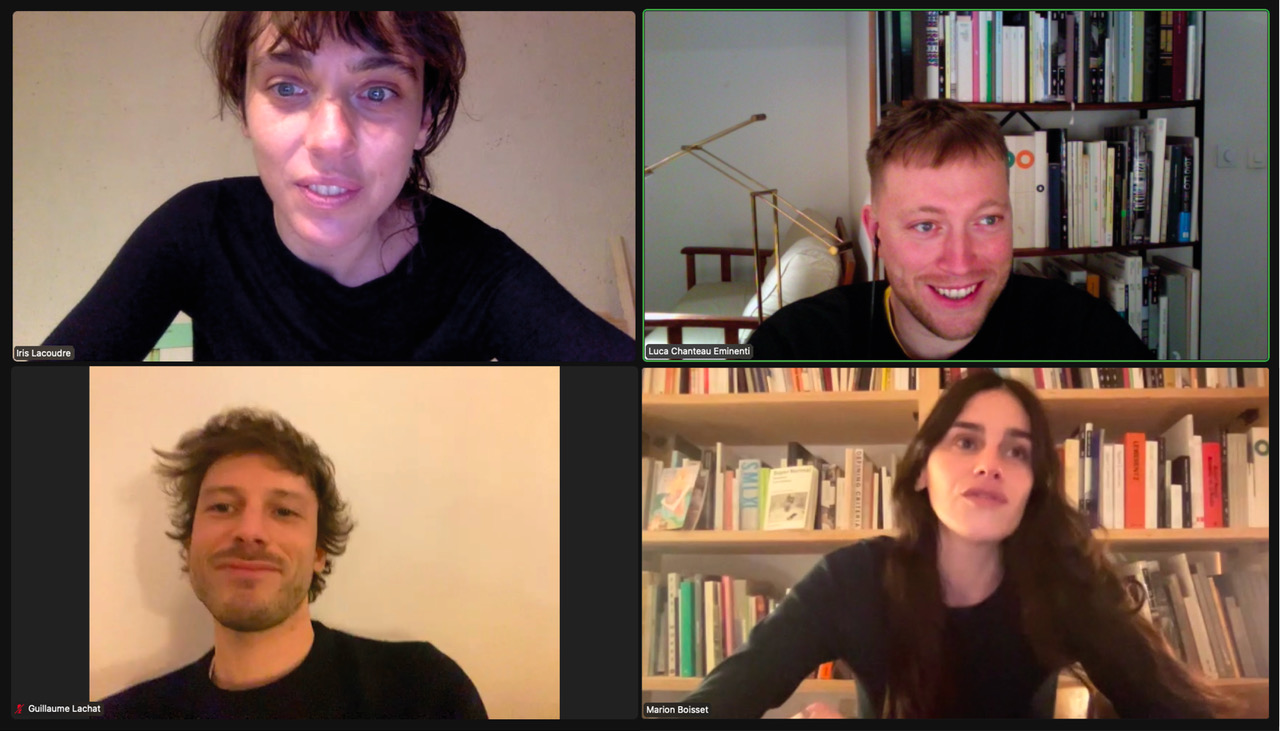
TEAM DATA
Associates: Marion Boisset (FR), Luca Eminenti (FR), Guillaume Lachat (FR), Iris Lacoudre (FR) – architects
info@ille.bzh
www.ille.bzh
See the complete listing of portraits here
See the site here
TEAM PORTRAIT
VIDEO (by the team)
INTERVIEW
Click on the images to enlarge
1. How do you define the main issue of your project in relation with the theme “Living Cities Imagining architecture taking care of the milieus”? And in which way do you think your project can contribute to an ecological and/or social evolution?
We wanted to reflect on the forms that interaction between the human and non-human worlds can take. Therefore, the project focuses on small, sometimes neglected spaces we call interstices. By focusing on the porosity and exchanges between these two worlds, we aim to create an environment that goes beyond the artificial/natural opposition.
2. How did the issues of your design and the questions raised by the site mutation meet?
The fact that we're working on an island de facto reinforces the issue of resources and their use. By keeping our proposals to a minimum, we wanted to highlight the fact that the island already has a significant built and infrastructural heritage. We also wanted to point that the major challenge is to transform it so that it meets expectations not only from a social point of view, but also in terms of inclusion of non-human living beings and resilience in the face of climate change.
PROJECT:
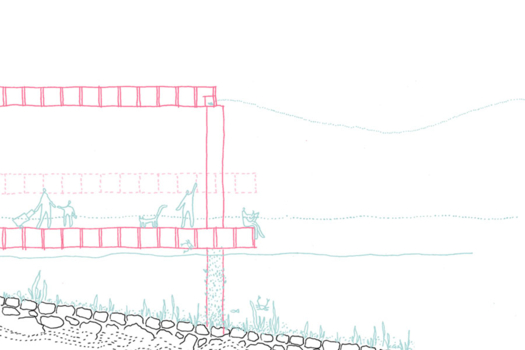
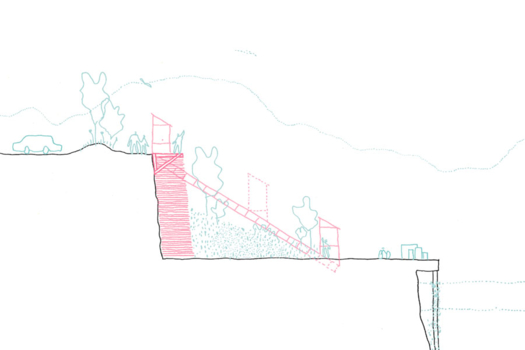
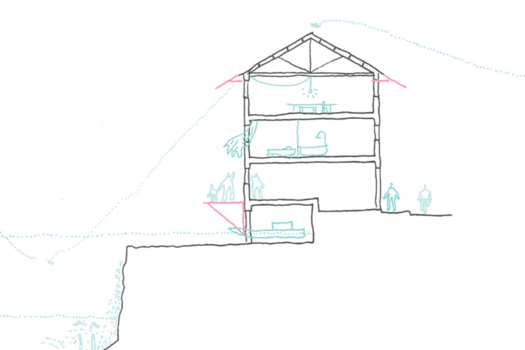
We've long been interested in climate-related issues, and have been working to integrate them into our work for some time. But the question of the living, and in particular non-human beings, was a genuinely new subject that we explored with great pleasure and interest. We're currently in the process of settling in Brittany, and this project was a great opportunity to take an in-depth look at this new subject, which will undoubtedly infuse our future projects. To do so, we drew on various books such as L'ensauvagement: cohabiter avec le vivant sauvage by Philippe Benoit and Baptiste Wullschleger, Habiter en oiseau by Vincianne Despret and Critical Care: Architecture and Urbanism for a Broken Planet by Joan Tronto.
SITE:
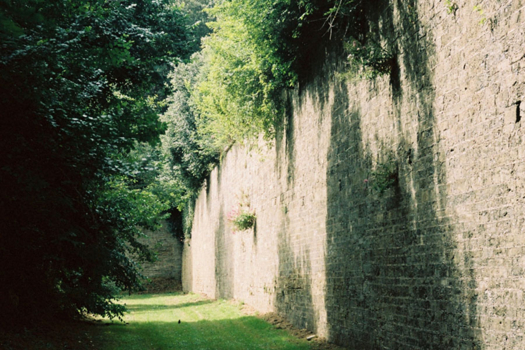
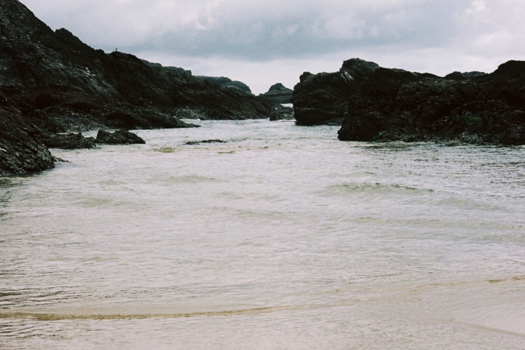
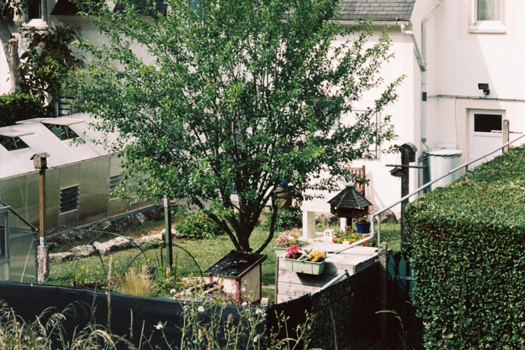
From the outset, we decided to depart from some of the unwritten rules of Europan projects and start from the smallest scale, gradually broadening the spectrum. This decision stemmed from the site visit, during which it seemed to us that the municipal team was looking for a set of answers and processes, rather than a grand master plan. Major, large-scale issues such as housing (especially secondary housing), waste management and mobility have already been well identified in the various studies to which we have had access, and which seemed to us to contain very pertinent answers. We believe that the major challenge for the future will be political, and we wanted to concentrate on the concrete resolution of certain formal and architectural issues, while attempting to integrate the subjects of the already existing and the living.
REFERENCES:

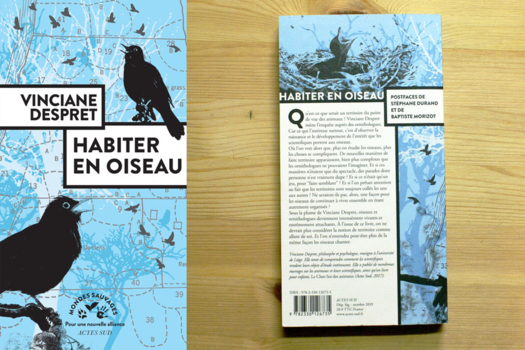
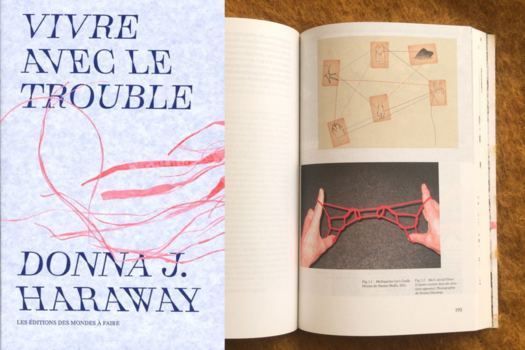
We are friends planning to work together in the future, it was a good occasion to work the four of us for the first time, particularly on a subject related to Brittany.
6. How could this prize help you in your professional career?
It already got us focusing on a new and interesting subject that will for sure infuse our future projects!
TEAM IDENTITY
Legal status:
Team name:
Average age of the associates: 33 years old
Has your team, together or separately, already conceived or implemented some projects and/or won any competition? if so, which ones?
WORKS:
